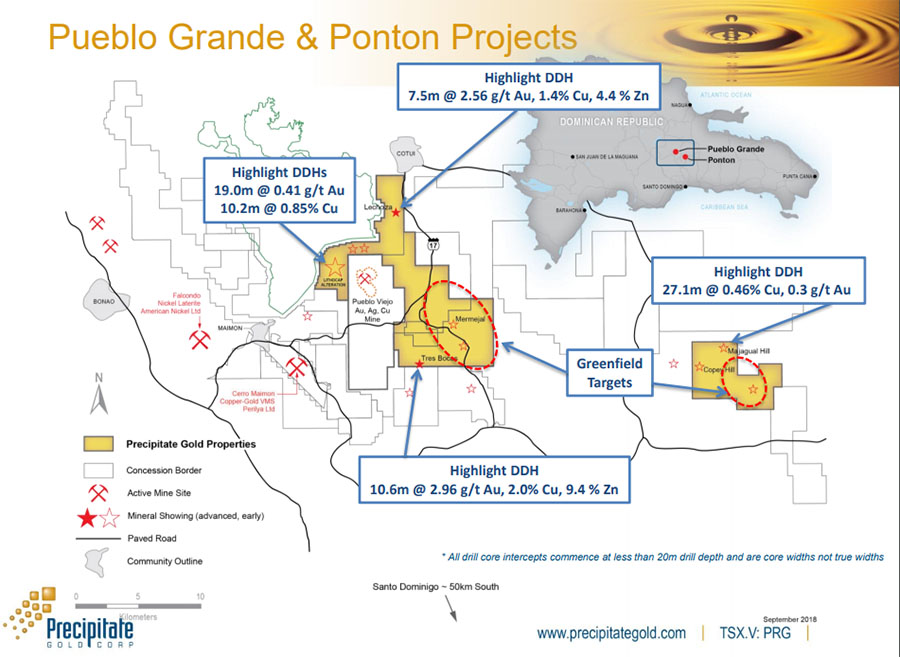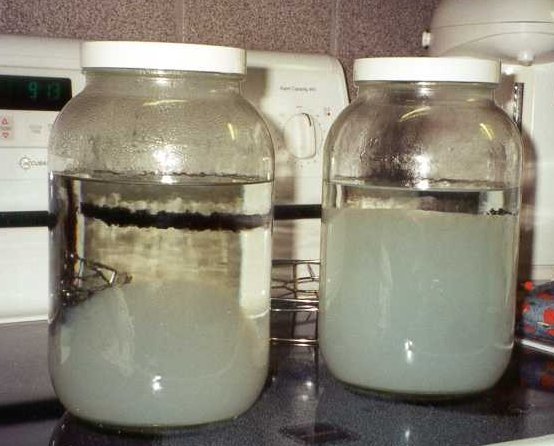

An experiment recreating the process as described by Diodorus Siculus by heating a mixture of the gold and salt in a sealed pot for 5 days was done by Notton and was found to be successful. A better known and more detailed early description is given by Diodorus Siculus in the 1st century BC quoting an earlier lost book, On the Erythraean Sea from the 2nd century BC by Agatharchides of Cnidus. Indus earth is taken to mean soils high in salt, nitre and ammonium salts and therefore ideal for the cementation parting process. The first possible literary reference to the salt cementation parting process is in the Arthashastra, a 4th-century BC treatise from India, that mentions heating of gold with Indus earth. As refining gold (as opposed to surface enhancement) results in a noticeable loss in material, there would have been little reason to do this before the advent of coinage and the need to have a standard grade of material. Gold parting came with the invention of coinage and there is no evidence for the use of a true refining processes before the introduction of coinage. Literary sources and the lack of physical evidence suggest that gold-silver parting was not practised before the mid first millennium BC. Material from Sardis (in modern Turkey) is evidence of the earliest use of gold and silver parting in the 6th century. Separation of gold from silver was not practised in antiquity prior to the Lydian Period (12th century BC to 546 BC). The surface was compacted and heavily burnished and indicates early use of depletion gilding. Further evidence is from three gold chisels from the 3rd Millennium BC royal cemetery at Ur that had a surface of high gold (83%), low silver (9%) and copper (8%) compared with an interior of 45% gold, 10% silver and 45% copper. Gold quality was increased at the surface by 80–95% gold compared to 64–75% gold at the interior found in Nahal Qanah Cave dated to the 4th millennium BC. The very earliest attempts at refining gold can be shown by the surface enhancement of gold rings. In the post-medieval period parting using antimony, sulfates and mineral acids was also used. The main ancient process of gold parting was by salt cementation, there is archaeological evidence of that process from the 6th century BC in Sardis, Lydia. Over the centuries special means of separation have been invented. The advent of coinage required methods to remove impurities from the gold. Gold parting as a process was specifically invented to remove the silver. Ĭupellation removes gold and silver from mixtures containing lead and other metals, but silver could not be removed. The metals are separated by distillation. The Acidless Separation (ALS) has been investigated to pre-refine doré and jewelry alloys even when there is high silver content, which is normally a problem for existing chemical pre-refinement processes. Affination is a largely obsolete process of removing silver from gold using concentrated sulfuric acid.

Silver can be dissolved selectively by boiling the mixture with 30% nitric acid, a process sometimes called inquartation. Īlternative methods exist for parting gold. This procedure is used on a very large industrial scale and has a large set up cost due to the amount of gold that needs to be permanently dissolved in the electrolyte. Silver forms an insoluble chloride slime and copper and platinum form soluble chlorides that are removed. Gold is dissolved at the anode, and pure gold, traveling through the acid by ion transfer, is plated onto the cathode. It is an electrolytic process using pure gold for the cathode (or titanium as a starter cathode) and chloroauric acid (gold chloride-hydrochloric acid) as the electrolyte this is made by dissolving gold with chlorine gas in the presence of hydrochloric acid.

Impurities in the gold form chlorides, which form a slag that floats on the molten gold.

The process involves blowing a stream of chlorine through molten gold. The Miller process affords gold up to 99.5% purity.They both start with relatively pure gold.


 0 kommentar(er)
0 kommentar(er)
